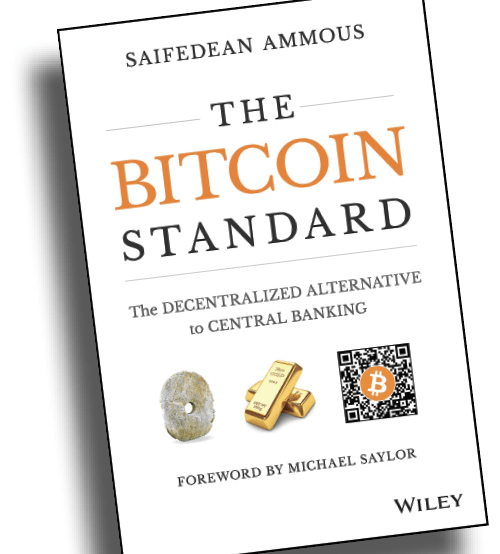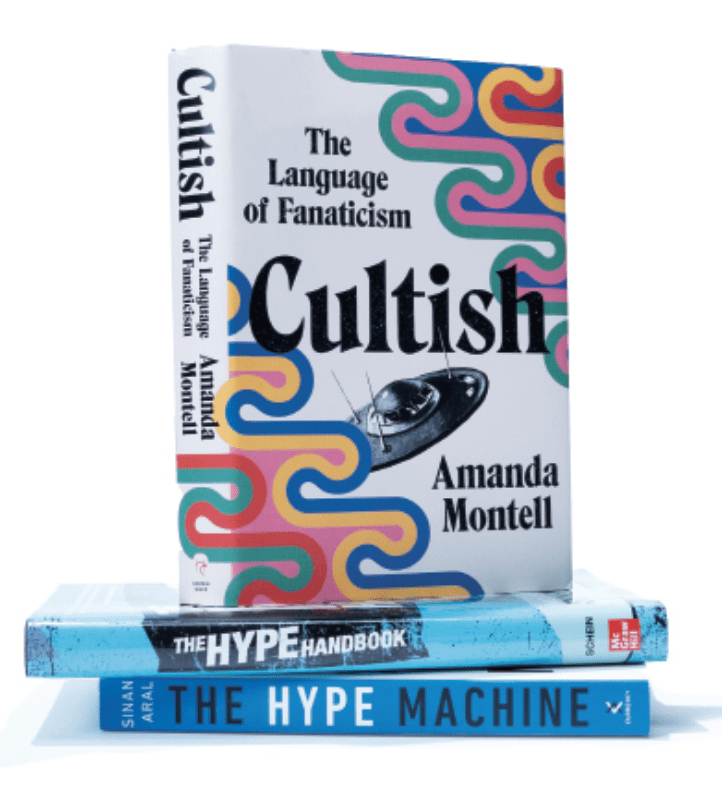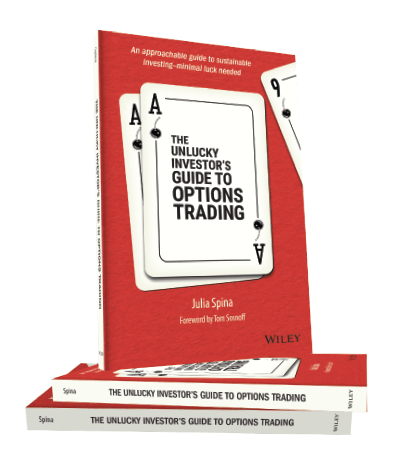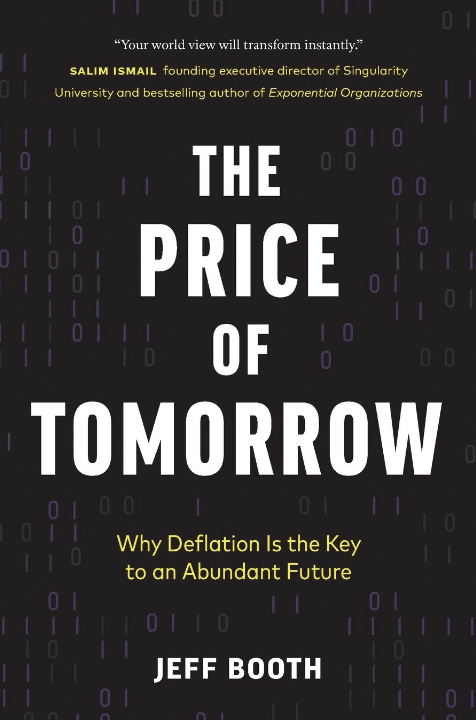Book Review: On the Edge
Author and data geek Nate Silver urges gamblers, investors, founders and philosophers to take more risks. Our own data geek reviews Silver's new book.

Never play a slot machine. That’s one of many practical takeaways from Nate Silver’s new book, On the Edge: The Art of Risking Everything, a sprawling 450-page epic. It covers topics as diverse as gambling, investing, altruism and artificial intelligence.
Silver argues in these pages that people are too risk-averse and contends that their reticence carries a cost. Take the example of playing “penny slots.”
With a buy-in of as little as $4 a spin, the machines can feel relatively safe to untutored players. But those slots carry an average expected loss that’s actually higher than playing blackjack for $50 a hand.
Such revelations abound in a book filled with both the mathematical and the provocative. It’s a bit like a trip to a Las Vegas casino translated into print.
But Silver also introduces readers to two groups with differing attitudes toward risk: the River and the Village.
Members of the River community share a “high tolerance for risk, appreciation of uncertainty, and affinity for numbers.” Villagers are “distinctly left-of-center” group of risk-averse people who often work in government, media and parts of academia. The River celebrates risk while the Village works to reduce it.
I’m no Nate Silver, but I’d bet a majority of Luckbox readers view themselves as more River than Village. Take a look at this passage from p. 25 of the book: “People in the River are trying to beat the market …. so part of the job of people in the River inherently involves being critical of consensus thinking, often to the point of being contrarian.”
Luckbox readers can relate because contrarian thinking helps them beat the crowd. They seek markets and find ways to prevail in them. They uncover opportunity where others are paralyzed by fear or greed. The River represents our own familiar tribe of traders willing to swim against the current to capitalize on the market’s emotional swings.
Silver proves his own River credentials by demonstrating a willingness to quantify anything from the house edge in a casino game (0.6% in blackjack but a whopping 8% in slots) to the likelihood of an AI-driven catastrophe (roughly 10% depending on AI’s capabilities).
Yet, the book isn’t just numeric overflow with Silver calculating odds and presenting data to advance his overarching theme of succeeding by taking on more risk.
Instead, he devotes chapters to the stories of successful risk-takers—like entrepreneur Peter Thiel, astronaut Kathryn Sullivan and rationalist philosopher Scott Alexander. Their astounding variety of pursuits supports the message that those who can quantify risk tend to succeed. It also encourages readers to think about what “edge” they have.
I recommend this book to all, but it’s a must-read for younger professionals. It provides a counterargument to the general risk-averse culture enveloping Gen Z. By showcasing non-traditional paths to success, Silver will inspire you to live on the edge—but with calculated risks.
Take a chance when your odds of success are reasonable and where even a loss will boost your skills and give you a few good stories. In short, never play a slot machine.
Book Value: 4 (of 5) Recommended
Dan Buchnat, a data scientist at tastytrade, has five years of experience tracking both the finance and grocery industries. He graduated from Notre Dame with a degree in economics and political science.







